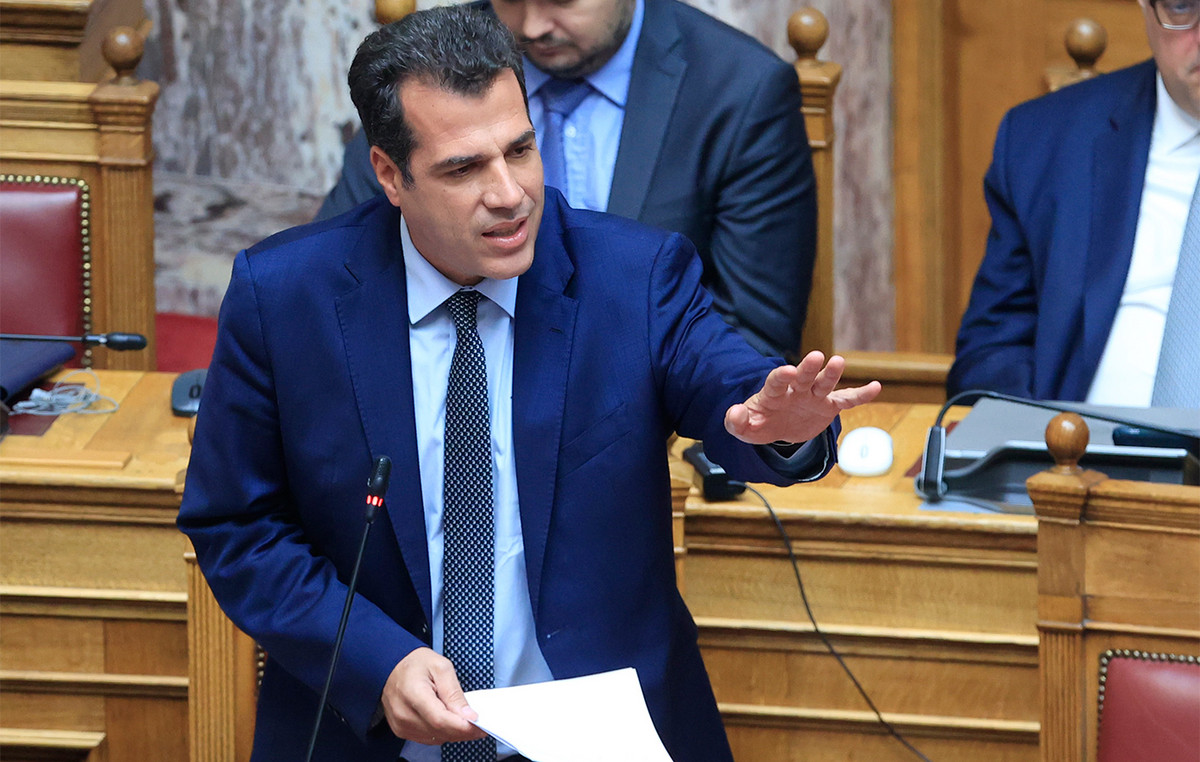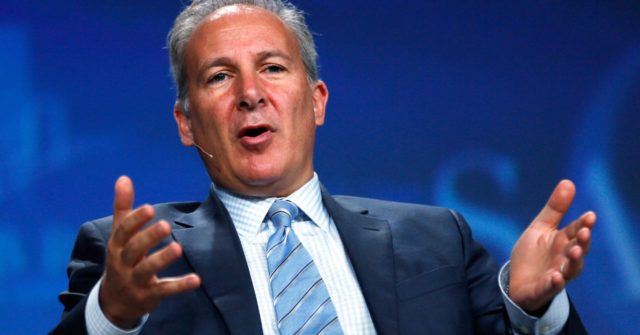One of the main functions of central banks is to keep prices in check, allowing households and businesses to plan for the future with some certainty about the cost of things.
So when inflation started to rise after the pandemic – catching many policymakers off guard – and then exploded when Russia invaded Ukraine, institutions like the Federal Reserve (Fed), the European Central Bank and the Bank of England had a job to do. serious to do.
These three major central banks are feeling safer as they prepare for their first meetings of the year after a rapid series of massive rate hikes in 2022. months.
But the hardest decisions could be yet to come, with prices still rising much faster than they were before the pandemic.
“Inflation news is encouraging, but the battle is far from won,” Pierre-Olivier Gourinchas, chief economist at the International Monetary Fund, wrote in a blog post this week.
Policymakers face tough questions about exactly when to pause interest rate hikes. Waiting too long can result in a painful recession. Move too soon and high inflation can come back full force.
The timing of the pivot is further complicated by the low visibility of the fallout from the sharp rate hikes announced last year. The Fed raised rates from near zero to a range of 4.25% to 4.5%.
The main rate of the European Central Bank is 2%, while that of the Bank of England is 3.5%. All are the highest since the 2007-2008 financial crisis.
It takes time for the full effects of these measures to play out in the economy, even when housing markets are under pressure and consumer and business sentiment takes a hit.
“We haven’t seen all these lagged effects materialize,” said Vivek Paul, chief UK investment strategist at the BlackRock Investment Institute.
Inflation is falling
Recent inflation data looks promising. In the United States, annual inflation has fallen every month since June, reaching 6.5% in December. In Europe and the UK, where energy costs are most affected by Russia’s war, annual inflation has fallen to 9.2% and 10.5% respectively.
But there are still many reasons for caution. According to the IMF, core inflation, which excludes volatile food and energy prices, does not appear to have peaked in many countries, raising risks that price increases could feed into the economy.
And inflation in France rose in January after the government pulled some energy subsidies, showing how tenuous gains in Europe have been.
This is putting pressure on central bankers to stick to their tough tactics, especially in London and Frankfurt.
“We will stay the course until such time as we move into tight territory long enough for us to return inflation to 2% in a timely manner,” ECB President Christine Lagarde told the World Economic Forum.
The Fed is expected to announce another quarter-point interest rate hike on Wednesday. Both the Bank of England and the ECB are expected to rise by another half a percentage point on Thursday.
“You have these underlying inflationary pressures that don’t abate in Europe and central banks need to fight them harder,” said James Rossiter, head of global macro strategy at TD Securities.
Policymakers also have to deal with the harsh reality that while inflation can skyrocket quickly, bringing it down is a longer and more arduous process.
The IMF projects that average annual inflation in advanced economies will fall from 7.3% in 2022 to 4.6% this year, before falling to 2.6% next year – still above the central bank’s targets in several cases.
“The easy gains in terms of falling inflation have probably been taken,” said Willem Sels, global chief investment officer at HSBC Global Private Banking.
The end is near?
Still, investors are increasingly confident that major central banks will change course soon. They expect rates set by the Fed, Bank of England and ECB to peak this spring. At that point, they should keep rates steady while they assess the impact on inflation.
“Central banks are relatively close to the end,” Sels said. Notably, the Bank of Canada signaled last week that it would halt its hikes after raising its key interest rate to a 15-year high. Like the Federal Reserve, it started its bull cycle last March.
One challenge though is that the full impact is unlikely to become apparent until next year.
Take the housing market, which is very sensitive to changes in interest rates and closely monitored by central bankers. In the UK, more than 1.4 million households need to renew their fixed rate mortgages this year. Most had been locked in at interest rates below 2%.
When mortgage costs rise, they can reduce spending. That could ease inflation, but also increase the risk of a recession. (The UK is the only Group of Seven economy that the IMF predicts will shrink this year.)
Another big unknown is the job market. The Fed wants to slow hiring and wage increases, which can increase inflationary pressures. He acknowledged that “it’s going to be a little bit of pain to hit the inflation target,” seeing job losses as “the lesser of two evils,” Rossiter said.
It’s having some success. US employers added 223,000 jobs in December, the smallest gain in two years. Average hourly wages increased at an annual rate of 4.6%, up from 5.6% in March.
Tens of thousands of layoffs in the tech sector are a grim reminder that Fed policymakers expect unemployment to rise to 4.6% this year from 3.5% at the end of 2022.
But the US job market remains distorted by the pandemic. The number of jobs available in November remained high at 10.46 million, higher than economists had expected. The demand for workers may keep the US job market stronger than the Fed would like for some time to come.
Source: CNN Brasil
I am an experienced journalist, writer, and editor with a passion for finance and business news. I have been working in the journalism field for over 6 years, covering a variety of topics from finance to technology. As an author at World Stock Market, I specialize in finance business-related topics.







